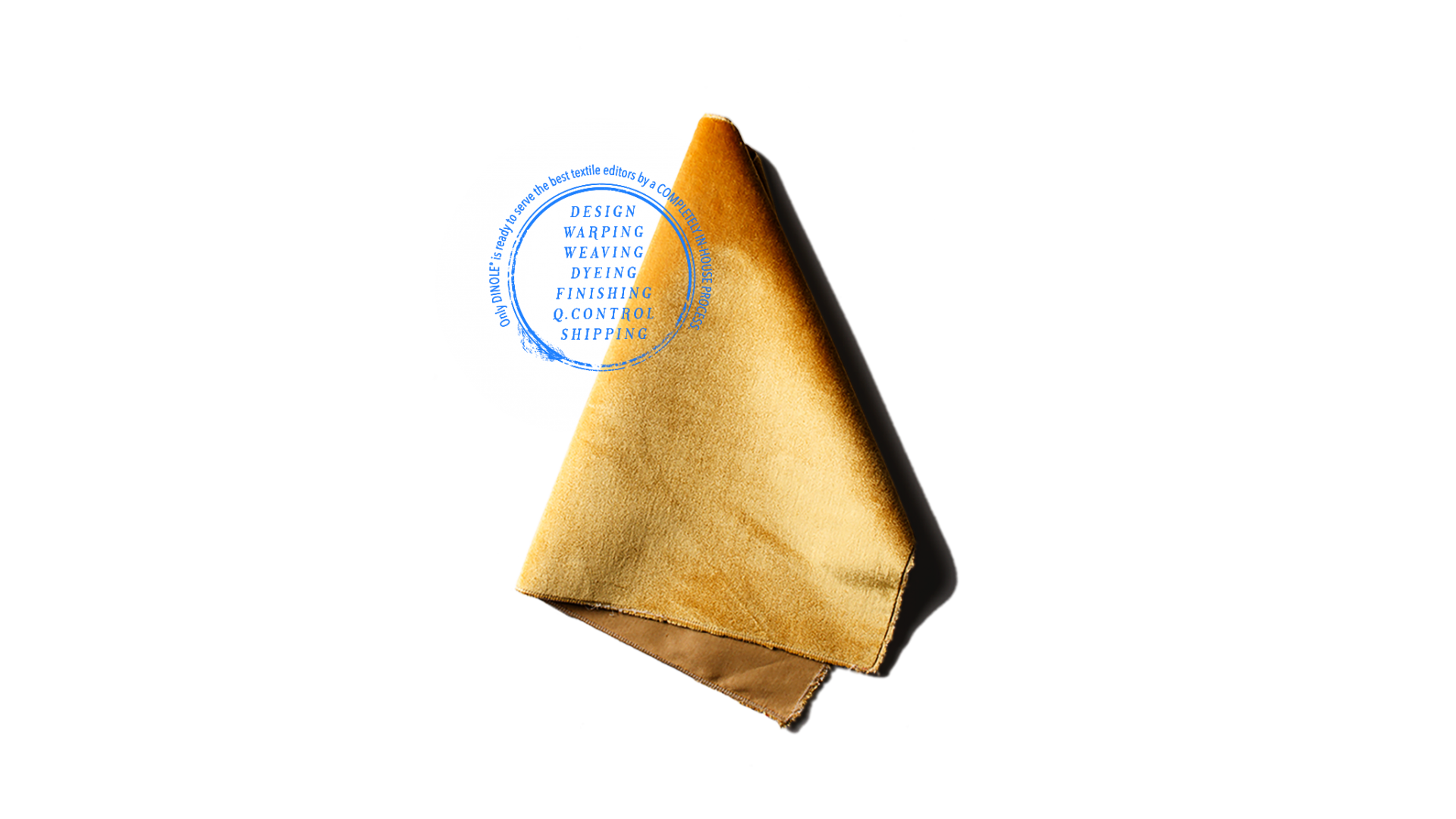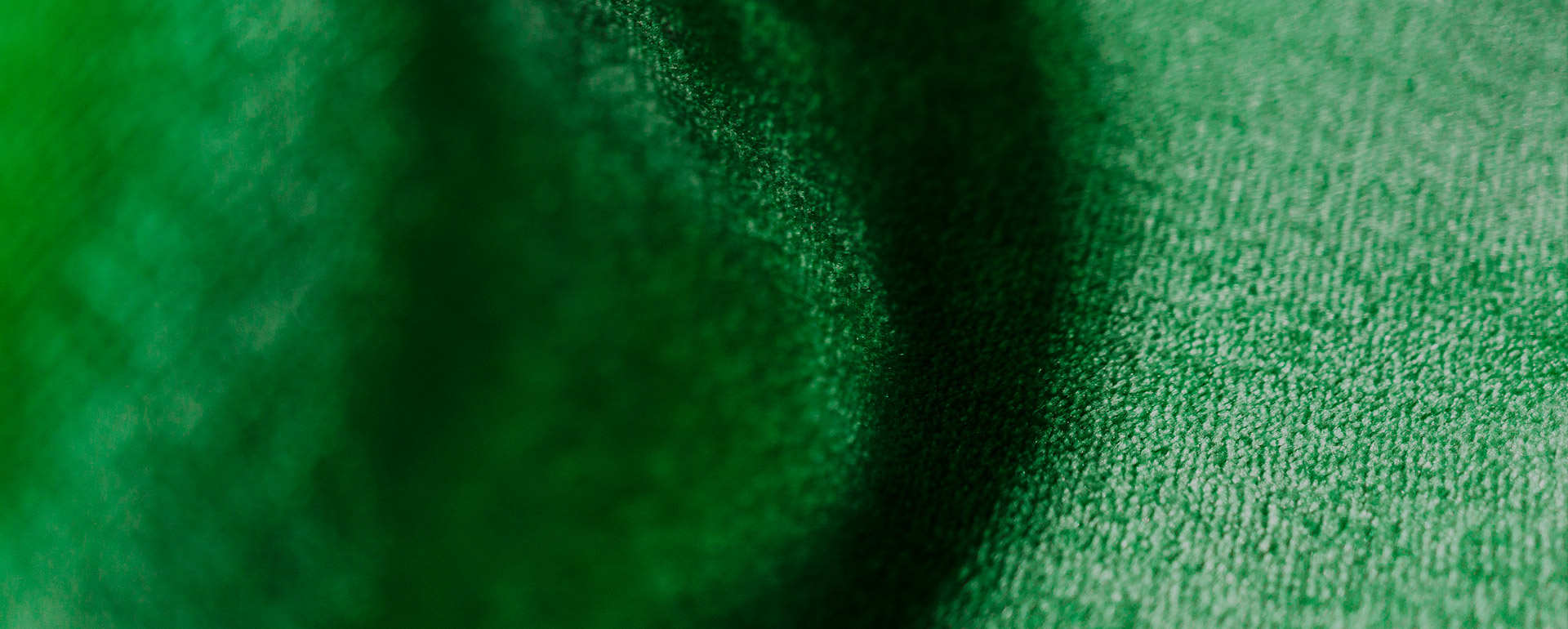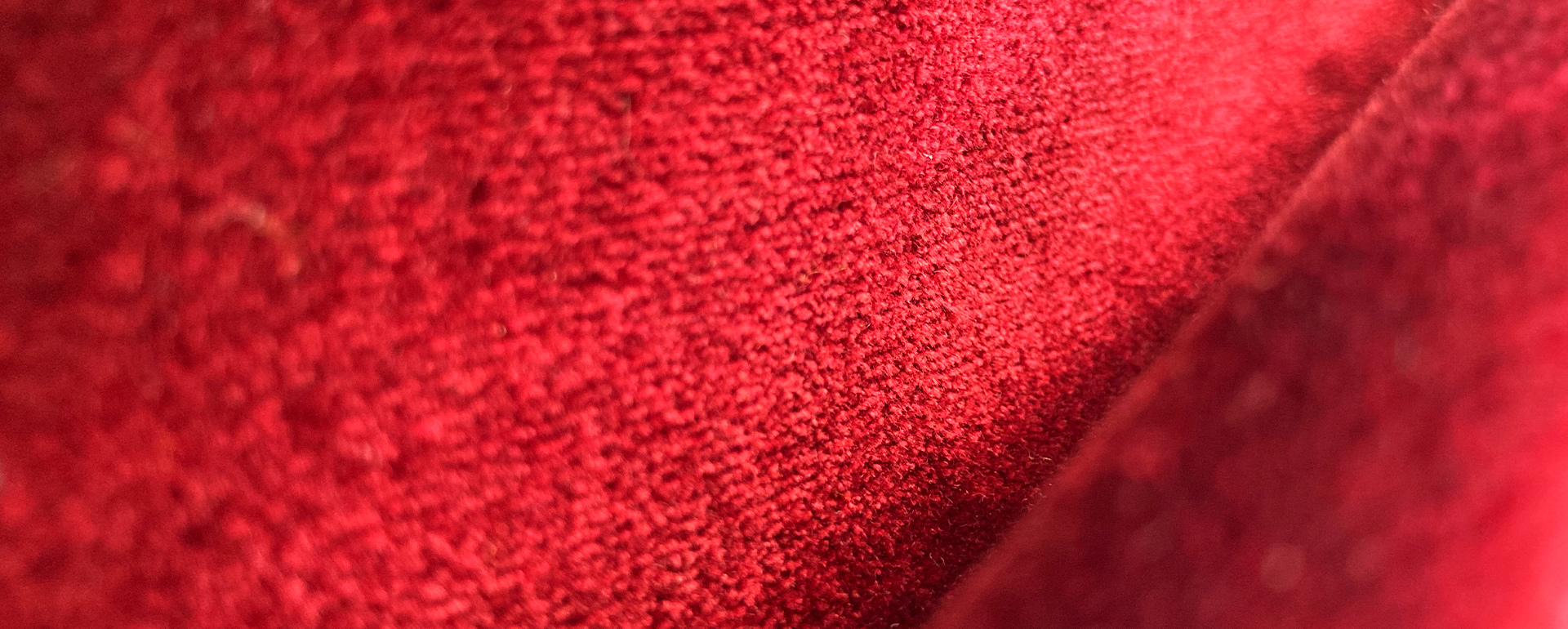
The production process has its origins in the Far East where the best silk yarns are imported from.
They are selected and divided into categories, and only those of the highest quality will be spun and rolled for dyeing process.
The dyeing is made in skeins to minimize the stress of fine fibers, and uses selected dyes to intensify the brilliance and softness of the silk, that will eventually become velvet.
After this long process the skeins are dried and hung for hours at low temperatures, then let for two days in the conditioning rooms to stabilize the yarn to their natural humidity level. It takes more than five hours to wrap yarns of equal length on the beam, which are then knotted, one thread at a time, to the loom.
It takes 50 hours of weaving, controlled by skilled artisans according to ancient tradition, to produce two rolls of this precious silk velvet.
About 15,000 meters of silk thread is used for each meter of velvet.
The weaving ends with a careful quality control of the raw rolls, followed by a long and precise darning process on both sides of the velvet.
Even nowadays the process is still performed by hand.
The rolls then undergo different finishing cycles, using a traditional machine from the beginning of the 20th century.
The hair of the velvet is repeatedly cut, smoothed, frayed and beaten to make it softer and more drapable; a final ironing process inclines the hair to intensify its silky appearance.
The entire silk velvet production process, including the last inspection step carried out by an experienced finisher, takes more than 3 working days for each roll.
All this long process guarantees the highest possible standard for our customers all over the world.




